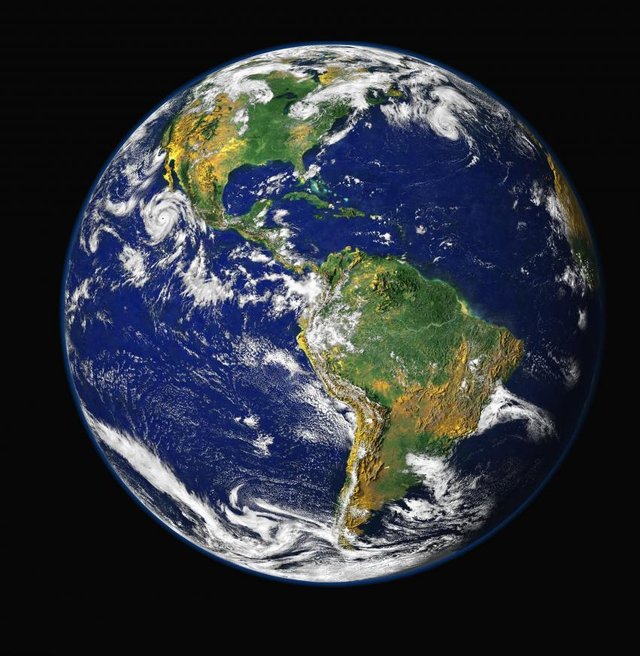HOW EARTH GOT ITS NAME !

How ‘Earth’ came to be called so. Firstly, it’s important to understand that nearly every language has its own name for the planet. It’s called ‘terra’ in Portuguese, ‘dünya’ in Turkish and ‘aarde’ in Dutch, just to name a few with their own etymology. However, the common thread in all languages is that they were all derived from the same meaning in their origins, which is ‘ ground’ or ‘soil’.
The modern English word and name for our planet ‘Earth’, is said to go back at least 1,000 years. Just as the English language evolved from ‘Anglo-Saxon’ (English-German) with the migration of certain Germanic tribes from the continent to Britain in the fifth century A.D, the word ‘Earth’ came from the Anglo-Saxon word ‘erda’ and it’s germanic equivalent ‘erde’ which means ground or soil. In Old English, the word became ‘eor(th)e’ or ‘ertha ‘. There is speculation that the origins of the word may be from an Indo-European language base ‘er’ which produced more modern adaptations of the word used in languages today. What is certain though is of all the Planet’s names, Earth is the only one in our solar system that does not come from Greco-Roman mythology. All of the other planets were named after Greek and Roman gods and goddesses.
Bonus Facts:
Translations of the Bible into English was one of the earliest recorded use of the name Earth – ” God called the dry land Earth, and the waters that were gathered together he called Seas. And God saw that it was good. “(Genesis 1:10)
Earth is the only planet in the Solar System with plate tectonics. The outer crust of the Earth is broken up into regions known as tectonic plates. These are floating on top of the magma interior of the Earth and can move against one another. When two plates collide, one plate can go underneath another.
Earth doesn’t take 24 hours to rotate on its axis. It takes 23 hours, 56 minutes and 4 seconds to completely rotate around its axis; If you add up that little motion from the Sun that we see because the Earth is orbiting around it, as well as the rotation on its axis, you get a total of 24 hours.
Everyone knows that the Earth has 1 Moon. But did you know there are 2 additional asteroids locked into a co-orbital orbits with Earth? They’re called 3753 Cruithne and 2002 AA29. The first doesn’t actually orbit the Earth, but has a synchronized orbit with our planet, that makes it look like it’s following the Earth in orbit, but it’s actually following its own, distinct path around the Sun. The 2002 AA29 travels in a horseshoe orbit around the Earth that brings it close to the planet every 95 years.
Earth is gradually slowing down. Every few years, an extra second is added to make up for lost time. In other words, millions of years ago, a day on Earth would have been only 20 hours long. It is believed that, in another million years time, a day on Earth will be 27 hours long.